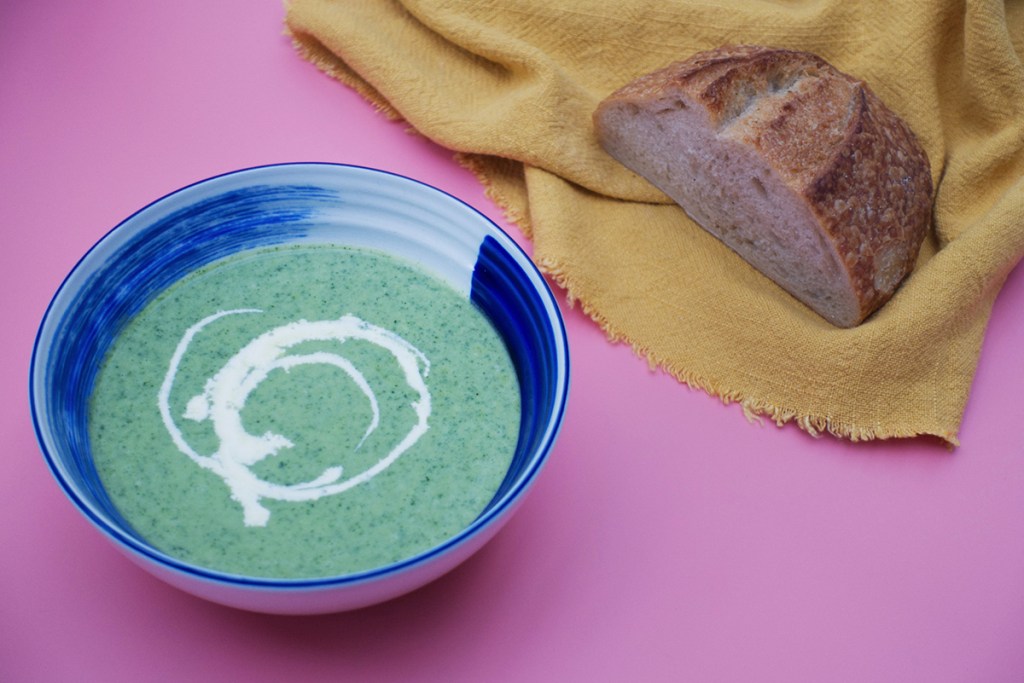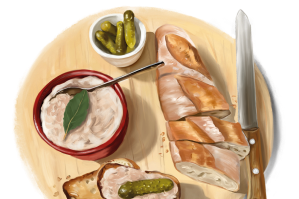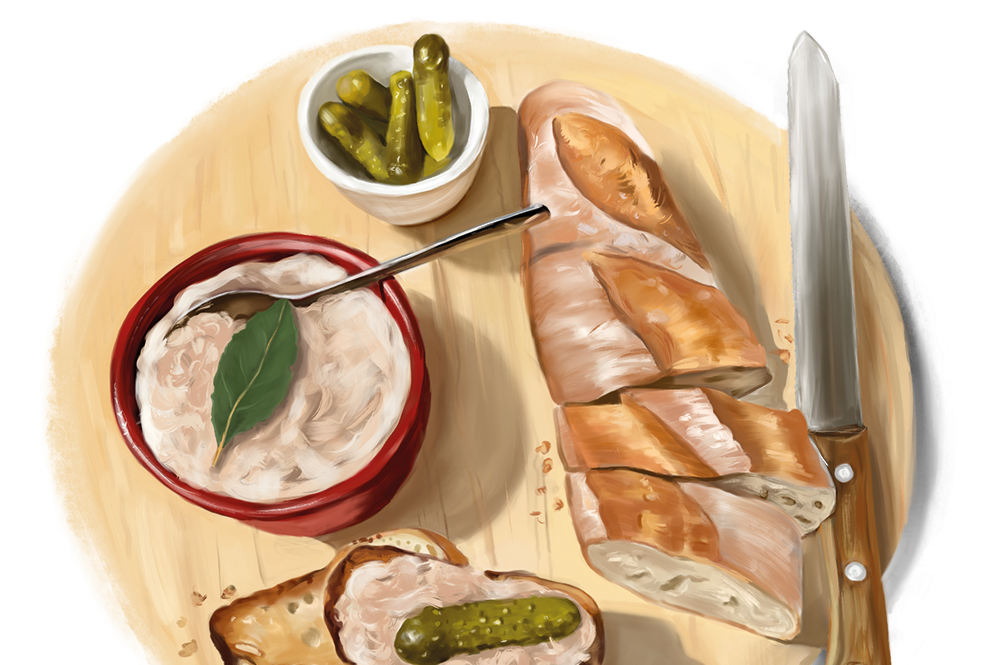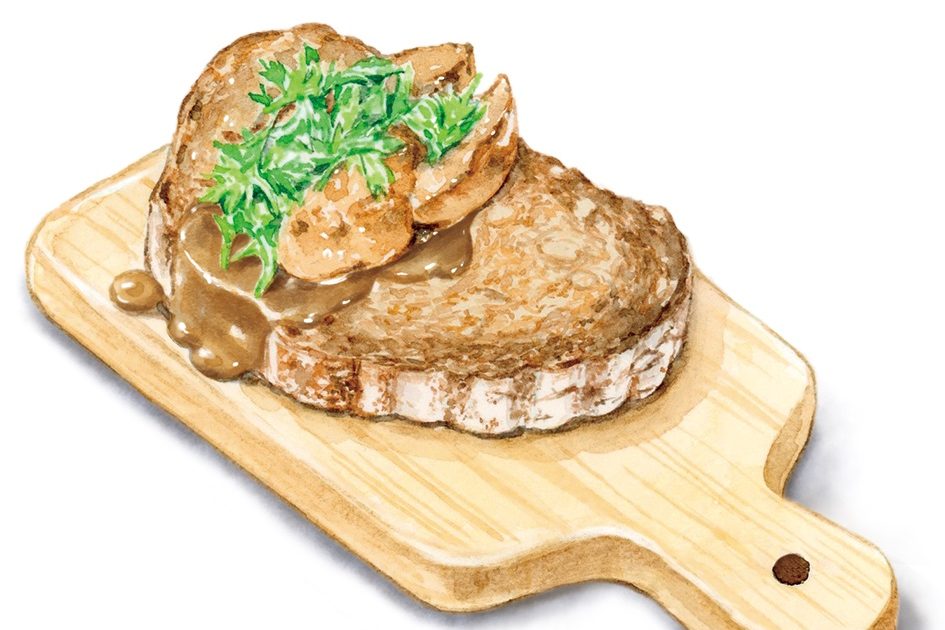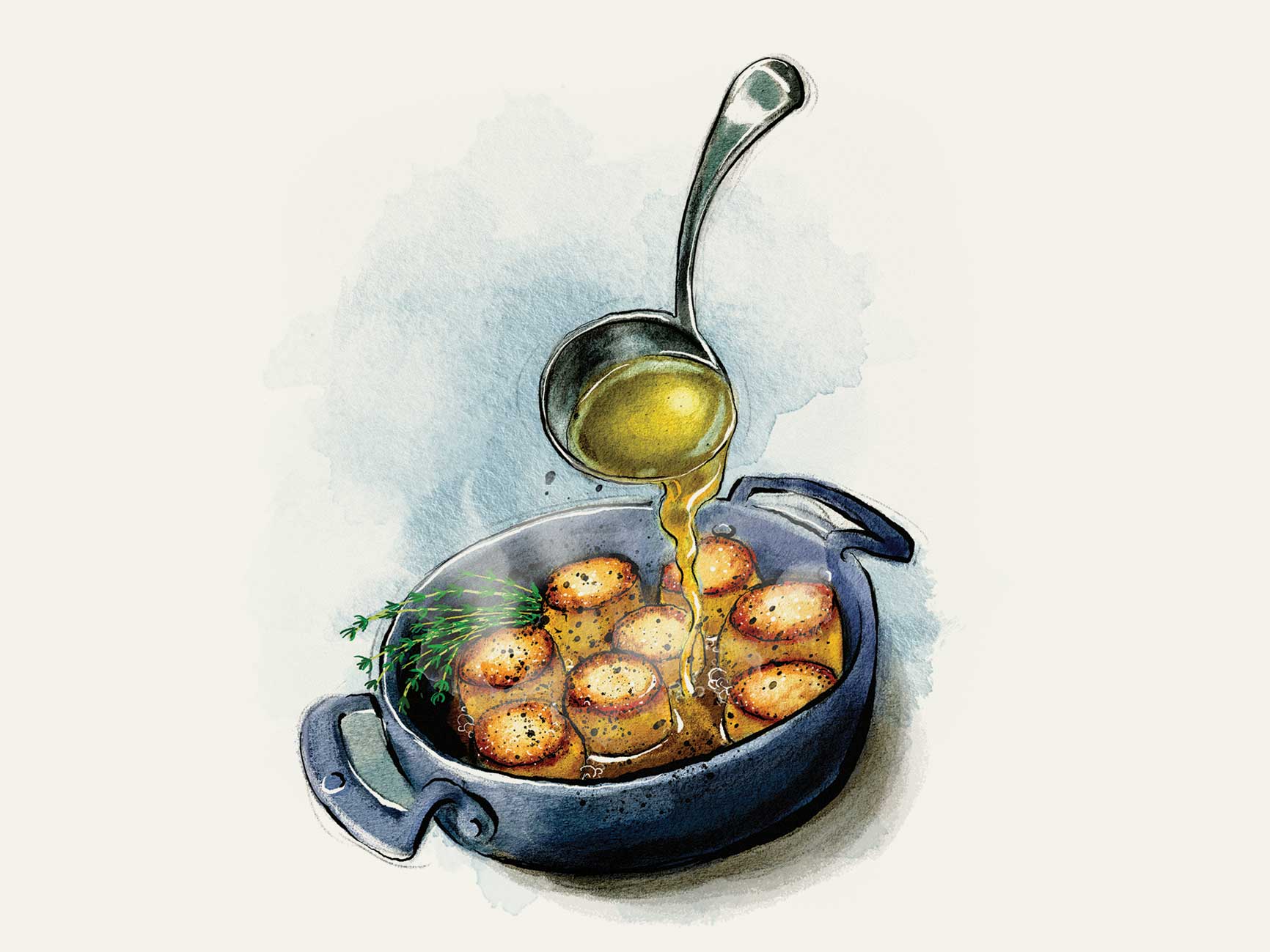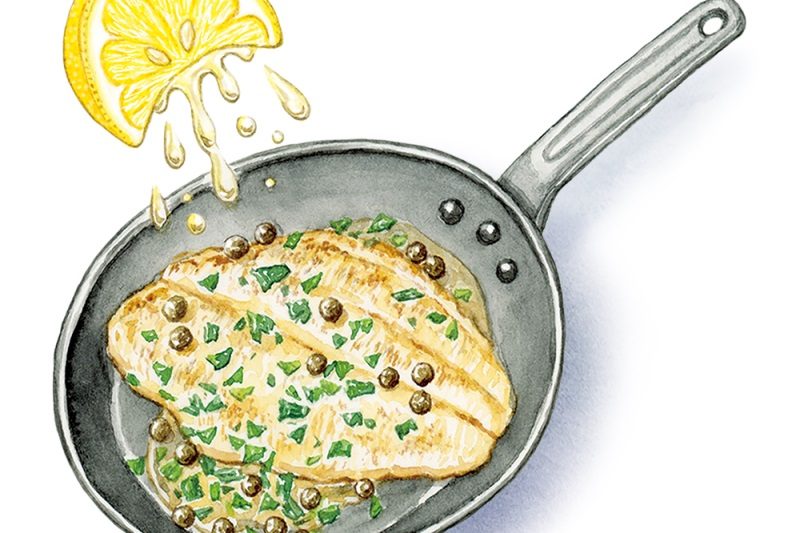I’m normally averse to leftovers: it’s not a trait I like in myself. I’d far rather be able to eat the same thing for days on end, especially when it’s seasonal veg, or an enormous, hearty stew that I’ve spent ages making. It’s a sensible way of cooking: healthy, seasonal, cheap, time-saving. But I’m easily bored, and the best laid plans of mice and men the night before, saran-wrapped or tupperwared up, no longer appeal the following lunchtime. I end up parceling those thoughtful, carefully prepared dishes onto my husband and plumping instead for so-called novelty in the form of toast, or a sandwich.
For some reason, soup is the one dish that doesn’t suffer this fate. This means it’s the one thing I batch cook without immediately slinging in the freezer and forgetting about it. I actually like knowing that there’s a pot of soup in my fridge, that it will punctuate the next few days. It’s that rare sort of dish that is absolutely comforting enough to eat alone in your pajamas, but elegant enough to serve to an unexpected guest for lunch. I don’t think I could get bored of soup, and there are few things I could say that about, apart from maybe cheese and onion crisps, or cardamom buns, neither of which a balanced diet make.
I’m not prissy about my soup: it needn’t be homemade or fancy. My cupboards are lined with tins of the stuff, and you can tell my mood by whether I pull out a can of lentil and bacon or cream of tomato. But I do find the process of making soup grounding: my soups almost always begin the same way, with onions, celery and potatoes, chopped roughly and sweating gently in butter. The next stages are simple, but predictable: those items sit under a lid, then stock and sometimes milk is added, before the lid is replaced. After this, I whizz it until it is smooth, and then enrich it with cream, usually, but sometimes butter, or even an egg yolk, watching it pale and thicken. With each delineated step, the soup transforms.
Despite those predictable steps, no two soups are ever quite the same: even if I use the same weight of leeks, the same quantity of chicken stock, the leeks are different, or I will have made the chicken stock slightly differently. The rate at which I simmer the soup will differ just a bit, driving off more or less moisture, thickening the soup in different ways. My taste will differ when I season, depending on the temperature of the soup at that point. It’s the same with all cooking, of course, but the simplicity of soup means it feels more pronounced, more obvious.
Soup is probably where my cooking is at its most seasonal: soup is made for gluts, for excess, for vegetables. Recently, my fridge has been full of watercress soup. Watercress soup is a soup of balance and contrasts: the natural pepperiness of the green leaves sits against the mellow soup base; each mouthful feels alive and vital. It’s also a particularly beautiful soup, with color that looks like the saturation has been turned up: flecks of dark green in among the paler pistachio.
A word of caution: I recommend letting the soup cool until it is no longer scaldingly hot before blitzing it, and using a hand-held stick blender. Using a lidded blender is surprisingly risky with hot soup: make sure you don’t fill the jug more than half way up, as steaming hot liquid combined with the blending motion can create a pressure which will pop the lid off the blender — and trust me, you really don’t want hot soup burns.
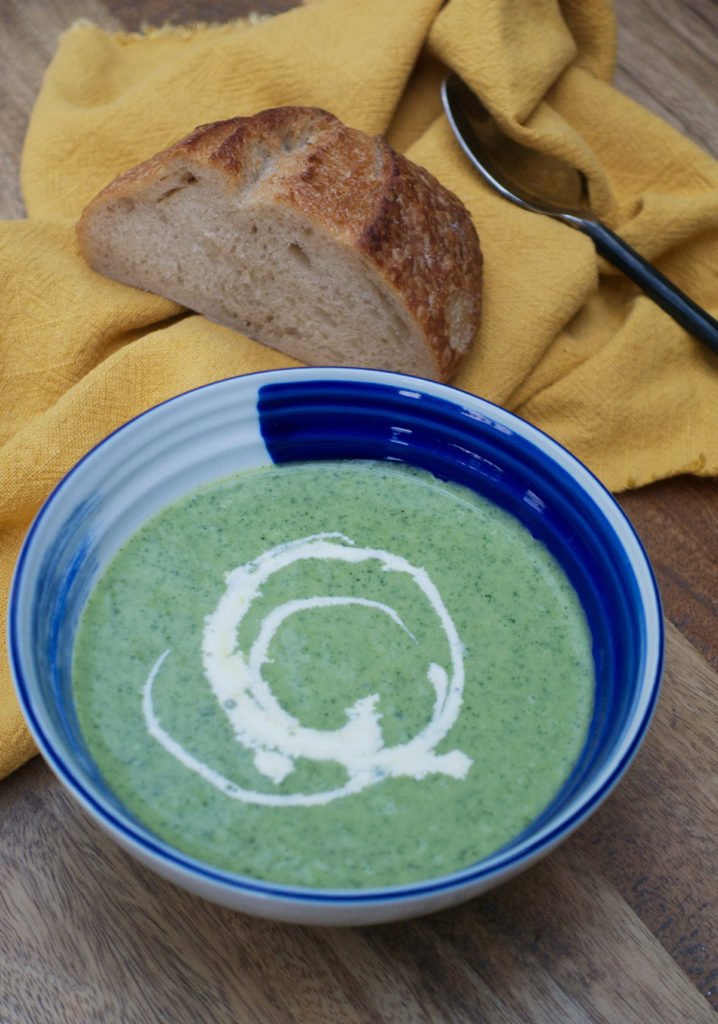
Watercress soup
Makes: Serves 4-6
Takes: 20 minutes
Bakes: No time at all
1 oz butter
1 onion, peeled and chopped
1 stick celery, chopped
14 oz potato, peeled and chopped
20¼ fl oz chicken stock
8¾ oz watercress
2½ fl oz cream
- Melt the butter in a large pan. Add the onion, celery and potato, stir to coat in the butter, cover with a lid, and cook for 15 minutes until you can crush the potato with a spoon against the side of the pan
- Add the chicken stock, and bring the whole thing up to a boil, reduce to a simmer, cover again with a lid and cook for 20 minutes
- Add the watercress and let it wilt for a couple of minutes. Leave the soup to cool a little, then use an immersion blender to blend the soup until completely smooth. Stir the cream through the soup. Season generously with salt and taste, and season again if necessary. Serve hot
This article was originally published on Spectator Life.



